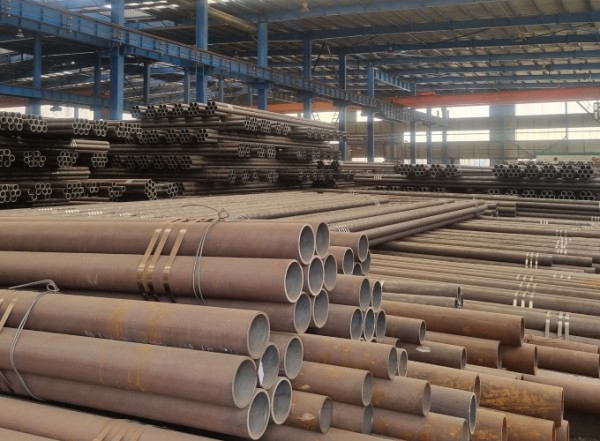STEELTOPIA, your reliable business partner
-
About
-
Our Brand
-
Products
-
Community
STEELTOPIA
Community
Blog
Blog
History of Steel Pipes
- Writer
- STEELTOPIA
- Date
- 23-09-14

Steel pipes are used for various purposes and are manufactured through either welding or seamless methods. The use of pipes has a history spanning thousands of years, likely starting with ancient agriculturalists diverting water from streams and rivers to their fields.
Archaeological evidence suggests that early examples of steel pipes can be traced back to ancient civilizations like Egypt, where copper pipes were used for plumbing around 3000 BCE. These early pipes were relatively primitive compared to modern steel pipes.
In 2000 BCE, China is believed to have used bamboo pipes to transport water to desired locations. Clay pipes have also been discovered in various ancient civilizations.
In the 1st century CE, Europe saw the construction of the first lead pipes. In tropical regions, bamboo tubes were used for water transport, and in colonial America, wood was used for similar purposes.
In 1652, Boston saw the creation of its first water supply system, which used hollowed-out logs as pipes.
The 18th and 19th centuries marked a significant turning point in the history of steel pipes with the development of improved metallurgy techniques, enabling the production of high-quality steel pipes that were stronger and more durable than earlier materials.
The history of welded steel pipe manufacturing dates back to the early 1800s. In 1815, William Murdock invented a coal gas lamp system and repurposed discarded musket barrels to apply it throughout the city of London. He used these barrels to transport coal gas, leading to an increased demand for long metal tubes. Consequently, research and improvements in metal pipe manufacturing methods began, with various inventors developing new pipe production processes.
One of the early methods for manufacturing metal tubes received a patent from James Russell in 1824. This method involved heating the tube, folding and welding its edges together. Russell's approach was later improved by Cornelius Whitehouse, who introduced a continuous production process in 1911. Whitehouse developed machinery to produce pipes continuously, which became widely adopted in many pipe manufacturing facilities.
Alongside welded pipes, the need for seamless metal pipes also emerged. Seamless pipes are pipes without welded seams, initially made as solid cylinders with a hole in the center. This design, developed in the late 19th century, offered a lightweight yet strong solution, suitable for bicycle frame production. In 1895, the first factory for producing seamless tubes was constructed and used in automobile manufacturing. These pipes continued to be essential for gasoline and oil lines.
By 1840, technology already existed to produce seamless pipes, involving the extension of a heated solid metal billet to form the pipe. However, this method produced pipes with uneven and thick edges, prompting efforts to improve it. These advancements laid the foundation for the butt-welding process.
Welded pipes are created by shaping metal strips into a circular form through rollers and then welding them using welding electrodes. In contrast, seamless pipes are produced by heating a metal billet and drawing it through a conical hole before welding. These developments and innovations gradually improved the pipe manufacturing process, leading to the formation of the modern pipe industry.
The information provided on this webpage is intended solely for informational purposes. Steeltopia does not make any explicit or implied representations or warranties regarding the accuracy, comprehensiveness, or validity of this information.


 HOME
HOME